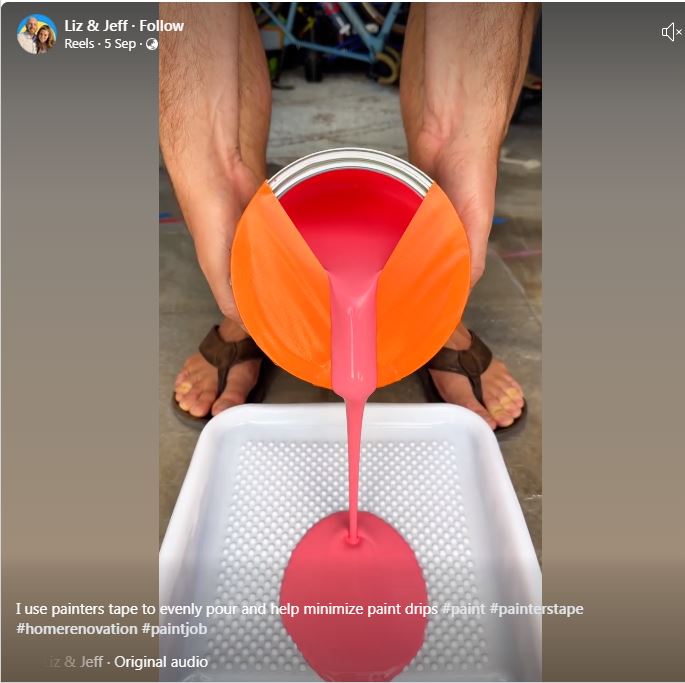
Another tip I saw recently was to line the tray with a plastic bag and tip the paint into the plastic bag lined tray. Makes clean up of the tray as easy as throwing out the bag.

Tom's Blog on Life and Livingness

Another tip I saw recently was to line the tray with a plastic bag and tip the paint into the plastic bag lined tray. Makes clean up of the tray as easy as throwing out the bag.
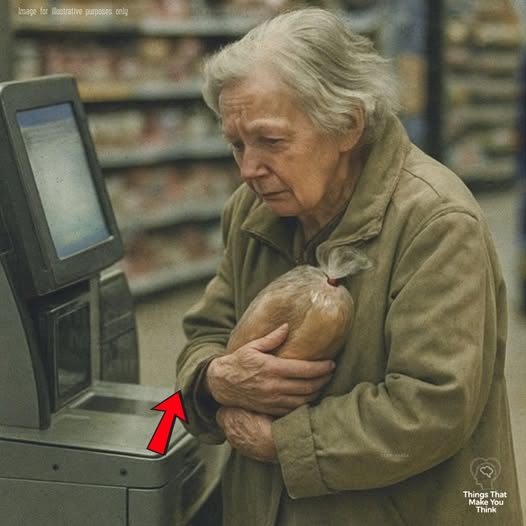
I did some looking for bread recipes and came up with these. You may wish to give them a try.
140 g Sunflower Seeds
60 g Flax Seeds
60 g Pumpkin Seeds
30 g olive oil
20 g psyllium husk
10 g baking powder
1 teaspoon of salt
1 teaspoon dried tomatoes
1 teaspoon oregano
3 eggs
120 g water
Blend half sunflower seeds and pepitas to powder
Mix all ingredients
Let rest for 15 minutes
Form into a ball
Place into a lined baking pan
Topping
Tuna
Greek Yogurt
Capers
Oregano
Black pepper
Garlic
Basil
Mix and use as topping.
~~~~~~~~~~~~~~~~~~~~~~~~~~~
Another Bread Recipe
2 cups oats
2 eggs
half teaspoon salt
2 table spoons Greek yogurt
1 cup walnut crumbs
1 table spoon sunflower seeds
1 table spoon pepitas
1 table spoon baking powder
Mix and pour into lined baking dish
Pat down
Sprinkle with sesame seeds
Cook at 180 degrees for 35 minutes
~~~~~~~~~~~~~~~~~~~~~~~~~~~
And Another
Beat 2 eggs
add 150 grams Greek yoogurt
add half teaspoon salt
beat well
Add 280 grams of oats to blender and grind to meal
Add to mix
add 1 table spoon baking powder
mix well
put in baking dish
top with seed mix
Bake at 180 degrees for 25 minutes
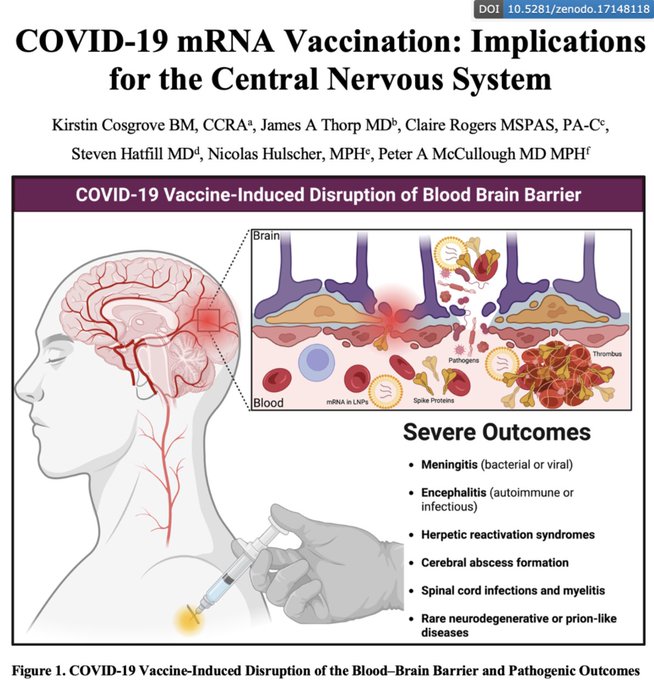
CDC/FDA safety thresholds BREACHED as COVID shots disrupt the blood–brain barrier, unleashing meningitis, encephalitis, prion disease, brain abscesses, herpes reactivations, demyelinating syndromes and more.
Using VAERS data from January 1990 through November 2024, we compared adverse event reports after COVID-19 vaccination to those after influenza vaccines:
Rare Neurodegenerative and Demyelinating Conditions:
Creutzfeldt–Jakob disease (CJD) — 847× more likely to be reported compared to flu shots
Myelitis (all types) — 31× more likely
Transverse myelitis — 21× more likely
Viral myelitis — 115× more likely
Noninfectious myelitis — 132× more likely
Prion disease (general) — 62× more likely
CNS Infections:
Meningitis (all types) — 34× more likely
Aseptic meningitis — 53× more likely
Bacterial meningitis — 36× more likely
Autoimmune encephalitis — 79× more likely
Limbic encephalitis — 146× more likely
Bickerstaff’s encephalitis — 68× more likely
Neuroborreliosis (Lyme CNS infection) — 321× more likely
Toxic encephalopathy — 157× more likely
Progressive multifocal leukoencephalopathy (PML) — 45× more likely
Herpetic CNS Reactivations:
Herpes zoster meningitis — over 1,200× more likely
Herpes zoster meningoencephalitis — 339× more likely
Herpes zoster neurological disease — 680× more likely
Herpes simplex meningitis — 132× more likely
Herpetic meningoencephalitis — 136× more likely
Varicella meningitis — 168× more likely
Brain and Spinal Abscesses:
Brain abscess — 120× more likely
Extradural abscess — 169× more likely
Spinal cord abscess — 89× more likely
Subdural abscess — 36× more likely
COVID-19 injections not only inflame and disrupt the BBB but also display prion-like properties, driving protein misfolding akin to “mad cow disease.”
This unprecedented neurological disruption also helps to explain why another study by Thorp et al found that mRNA shots were linked to 86 serious neuropsychiatric disorders including dementia, schizophrenia, suicidal and homicidal thoughts, stroke, psychosis, depression, cognitive impairment, delusions, and more.
All safety signals reported are extremely concerning and support an immediate global ban on the COVID-19 vaccination program.
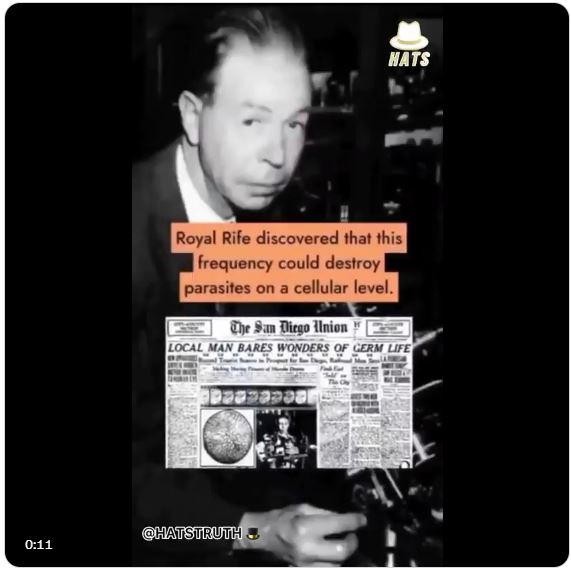
Royal Rife discovered that this frequency could destroy parasites on a cellular level.
Click to view the video: https://x.com/thehealthb0t/status/1966159348432077228
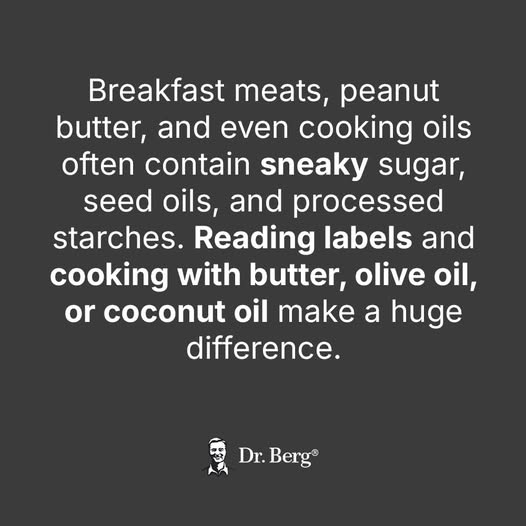
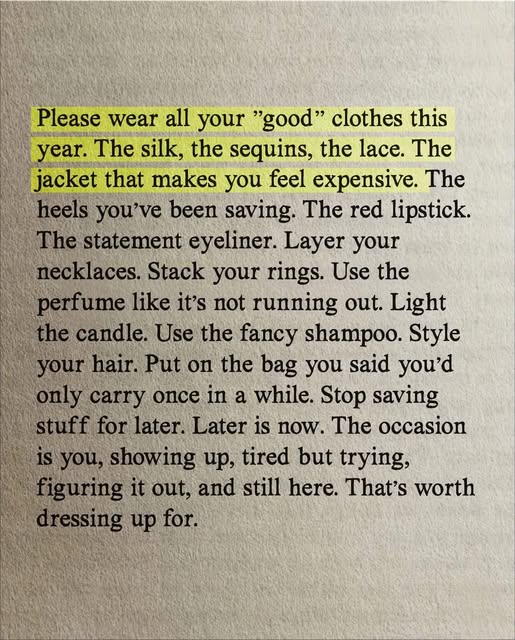

(Tom: Honestly, if you are not taking direct, specific steps to counter the harm the Spike Protein does to your body then you are living life playing Russian Roulette with all six barrels loaded with live bullets.
Given that one researcher identified 40 human systems harmed by the Covid shots IMHO it’s just a matter of time before the weakest link in your bodily 40 systems succumbs.
Whether you get mine: https://www.healthelicious.com.au/NutriBlast-Anti-Spike.html or someone else’s: https://www.twc.health/products/ultimate-spike-detox do get some anti-spike nutrients into your body ASAP!)
Our sentinel case report documents the first direct evidence of mRNA “vaccine” genetic material integration into the human genome.
A 31-year-old woman developed aggressive stage IV bladder cancer within a year of three Moderna shots.
Circulating tumor DNA revealed a perfect match between a vaccine-derived Spike-encoding sequence and a segment of chromosome 19.
Integration occurred in a gene-dense, unstable region—disrupting DNA repair, immune surveillance, and triggering oncogenic cascades.
This establishes a plausible mechanism by which mRNA technology can destabilize the genome and drive cancer.
Finish reading: https://open.substack.com/pub/petermcculloughmd/p/mrna-vaccine-genomic-integration

In the 1960s, Mayor Kotaku Wamura of Fudai, Japan, was widely seen as a man obsessed with a wasteful dream.
He had studied the history of the great tsunamis of 1896 and 1933 that had devastated his region. He was convinced that another would one day come and was determined to protect his people.
His solution was a massive, 51-foot-high seawall and floodgate system. It was an enormous undertaking for a small fishing village.
The project cost the equivalent of $30 million in today’s money. Many in his own community criticized the expense, calling it a foolish waste that diverted funds from more pressing needs.
The opposition Mayor Wamura faced wasn’t just quiet disagreement. He was openly mocked for his persistence on building the seawall.
His plan was far more advanced than just a simple barrier. It included a complex and costly floodgate system designed to close and seal the river mouth, a detail often overlooked.
This required immense public investment, delaying other village developments that residents felt were more immediate and necessary.
He had to personally persuade a reluctant town council, arguing that no matter the cost, they could not leave the next generation to suffer as the last one had.
He once said, “Even if you face opposition, have the confidence to push through. In the end, it will protect the people.” His conviction was proved right when it mattered most.
For 40 years, Kotaku Wamura served as mayor, and for decades after he left office, the wall stood as a silent, concrete giant. A monument to what many called one man’s folly.
Then came March 11, 2011. A catastrophic earthquake triggered the Tohoku tsunami, sending waves as high as 46 feet crashing into Japan’s coastline.
Town after town was wiped from the map. But in Fudai, the wave met Wamura’s wall. The water crested the barrier but the structure held firm, completely protecting everything and everyone behind it.
While neighboring towns suffered unimaginable loss, not a single life was lost within the protected zone of Fudai. The mayor’s controversial vision, born from studying the past, had saved them.

Click to view the video: https://www.youtube.com/watch?v=2qGeR0TX2-I